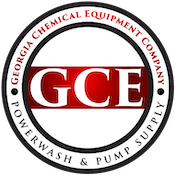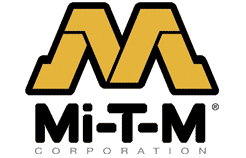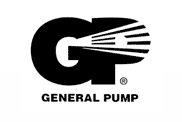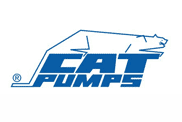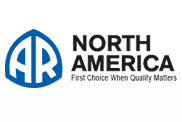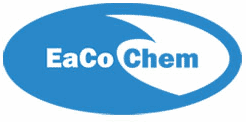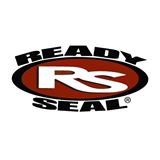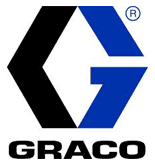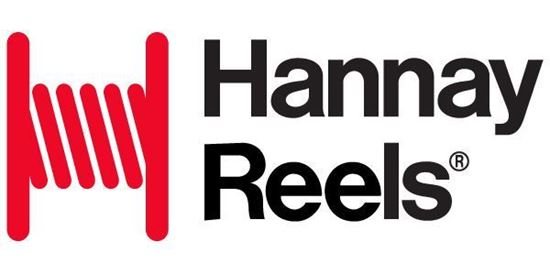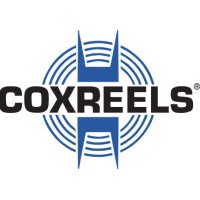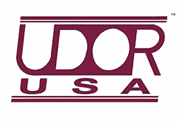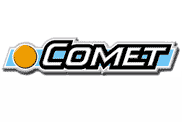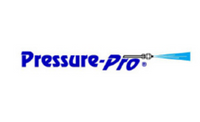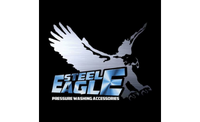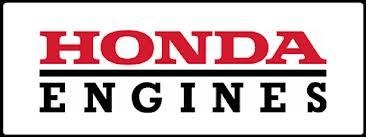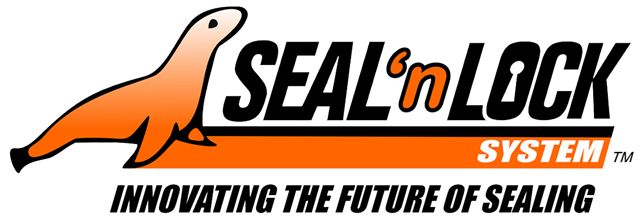Profit Is All in the Follow-Up
I have spoken in the past about customer service, referral programs, attending networking events, and getting commercial jobs, but the one thing they all have in common to bring your business success is learning how to do the follow-up.

The hardest thing after the initial terror of first contact is in the follow-up, but that is where your business can be made or lost, right there.
Not every person who starts a pressure washing business or any business for that matter is a natural-born salesperson. Most would just like to be called, asked to do a job, and then just go out and do it. But the calls are not just going to magically come in, most job opportunities must be created and nurtured by you, the business owner for them to happen.
It is always surprising that business owners go to the trouble to attend an event, exhibit at a trade show, send out a marketing piece that yields their business cards, fill out contacts or questionnaires, and then do nothing or little with them.
In too short of time these contacts will be lost or tucked away to never be used to generate the business they were intended to and why? Because these owners failed in the follow-up. Follow-up does not have to be scary, complicated, or difficult. It only takes a simple call or short contact first as a refresher to start you on the road to more jobs and profit.
As soon as possible after you get the contact make your first follow-up. Best if it is in within the first 24 hours. It can be very brief and doesn’t even have to ask for a job commitment. A simple “It was nice to meet you.” Even if left as a phone message or in an e-mail, along with a promise to get with them soon about their shown interest in your business. Here is a great time to mention exactly what was discussed to help bring your contact back up in their mind. Then once the promise is made, that becomes your next opportunity for follow-up.
Remember the person you met also met many other people and businesses at that same time and just this short reconnect will bring you back up into focus in their mind and put you ahead of others when you do make your next contact. It takes 3-4 times of contact before most people will consider using you, even if they are interested in both your service and business in particular.
Next contact should be made giving the specifics about what you discussed with this potential new customer as promised. Here you can spell out the benefits of your service, who else you have worked for, and the positive results (the same ones this person is after), along with the cost. You do not have to start out with a special offer unless one was promised or discussed at the first meeting. You may be successful right away with the customer paying full price for your service, so do not offer any deal until later if needed. Why give money away for no reason?
Once you have given them the information do not ask for the job, allow them to feel in control and let them have some time to go over the information you have given them. But you should not give them long or leave it open, you need to set up when and how the next follow-up will happen. Will it be with you calling them again in the next two days? Will you send them an e-mail after the weekend? Try to make the next action still under your control. If they insist on being the one to contact you back, go ahead and agree but state that if you do not hear from them by a certain time, such as the next 7-10 days, you will be contacting them again for the follow-up. Statistics show that as many as 80% of new business is lost due to the lack of follow-up by the potential customer.
The next contact is when you should ask for the business that was discussed that you provided the information on. It should be some thing like “Mr. Hall, are you ready to book the “service” we discussed on “date”?” If they say no try to find out what is the reason for their delay. The time isn’t right, the cost is too much, scope of work is not exactly what they need right now. This is the time when you answer questions, make suggestions and if necessary make a special offer if cost is a factor, or offer a free service to go with the planed on, like cleaning the sidewalk or stairs with the house wash. Even with a special offer put a short limited time for this opportunity to happen. You do not want someone to come back months later when you are busy and other customers are paying you full price asking for you to take the time to do a discounted amount of work. Tell them you can do this job this week because an opening has come up for this price but if they wait until a weekend or later in the month they will have to pay full price, reminding them that they do not have to be home for you to work.
Follow-up is not just for new customers it is also important with your current customer base. Statistics show that as much as 60% of client loss is simply due to losing touch. The customer can’t find your number, remember your business name to look you up from last year, or saw a competitor’s ad when ready for service again and doesn’t want to take the time to contact you about matching it. It is ideal to try to touch your clients at least once every three months during the year, or in the 30 days just before the service they bought would be coming up to be performed, such as Spring cleaning, Summer deck or pool deck cleaning, Fall gutter and roof cleaning. At least twice a year is the minimum you should try to make contact. Money is in the “Follow Up”.
While follow-up takes discipline, it is not hard and does not have to be frightening. Spending a little time putting together some simple keep-in-touch marketing campaigns by mail or e-mail, to foster your business relationships, with both prospects and clients will more than pay for themselves. Good luck with your follow-ups.
